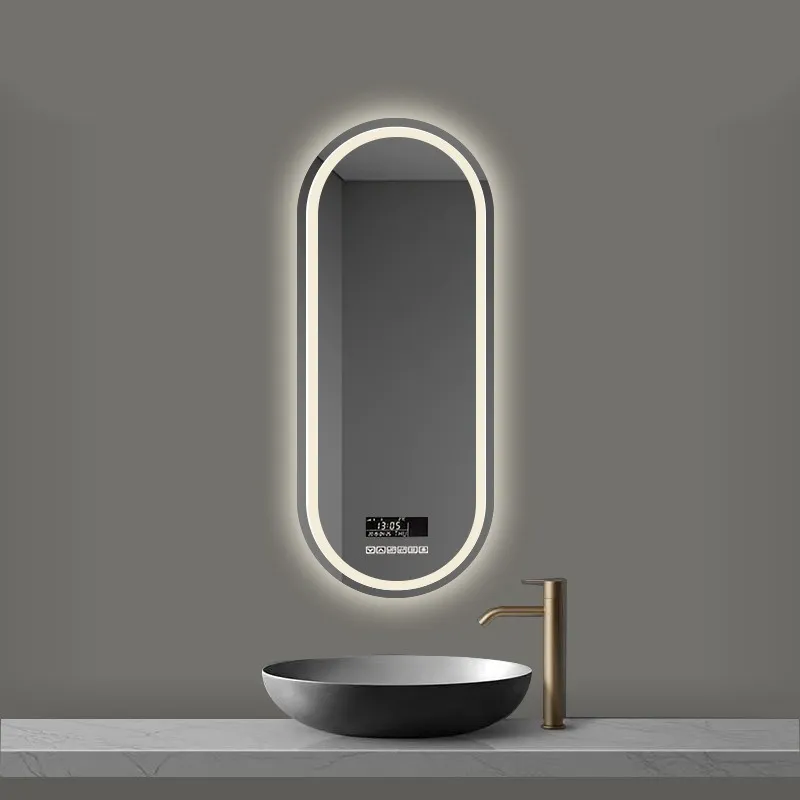Dec . 12, 2024 01:32 Back to list
Exploring the Benefits and Applications of Gray Laminated Glass in Modern Design
The Wonders of Gray Laminated Glass
Gray laminated glass has emerged as a popular choice in modern architecture and interior design, revered for its aesthetic appeal and functional benefits. As a specialized form of glass, gray laminated glass combines two or more layers of glass with a polymer interlayer, providing enhanced safety, security, and thermal insulation. This article delves into the characteristics, advantages, applications, and aesthetic significance of gray laminated glass.
Characteristics of Gray Laminated Glass
One of the most distinctive features of gray laminated glass is its aesthetic versatility. The subtle gray tint adds a touch of elegance and sophistication to any space, making it suitable for residential, commercial, and industrial applications. This glass can come in various thicknesses, allowing designers to choose the right option for their specific needs. Its laminated structure not only enhances its appearance but also contributes to its durability.
Moreover, gray laminated glass possesses excellent sound insulation properties. The interlayer used in laminated glass acts as a barrier, reducing noise transmission between spaces, which is especially beneficial in urban environments. Increased privacy is another advantage, as the gray tint helps obscure visibility from the outside without completely obstructing natural light.
Advantages of Gray Laminated Glass
Safety is paramount in modern design, and gray laminated glass excels in this aspect. In the event of breakage, the interlayer holds the shattered glass fragments together, preventing them from falling and reducing the risk of injury. This characteristic makes laminated glass an excellent choice for locations prone to accidents, such as commercial buildings and public spaces.
Additionally, gray laminated glass offers superior UV protection. The laminated layers provide a shield against harmful ultraviolet rays, protecting the interiors from fading and preserving the quality of furnishings, textiles, and art. This feature is particularly valuable in spaces that experience prolonged sunlight exposure, such as storefronts, homes with large windows, and sunrooms.
Energy efficiency is another significant advantage of gray laminated glass. The thermal insulation properties minimize heat transfer, which can help regulate indoor temperatures and reduce heating and cooling costs. This efficiency aligns with the growing emphasis on sustainable building practices, making gray laminated glass an eco-friendly option.
gray laminated glass

Applications of Gray Laminated Glass
The versatility of gray laminated glass allows it to be used in various applications across different sectors. In residential settings, it is commonly utilized for windows, sliding doors, and glass railings. Homeowners appreciate its ability to blend with modern aesthetics while providing security and noise reduction.
In commercial architecture, gray laminated glass plays a crucial role in façades, storefronts, and office partitions. Its sleek appearance enhances the visual appeal of commercial buildings, while its safety features ensure the protection of employees and customers alike. The use of laminated glass in office buildings also promotes a comfortable work environment by reducing noise distractions.
In the automotive industry, gray laminated glass is increasingly used in windshields and windows, offering drivers enhanced safety and protection from the elements. The automotive application mirrors the benefits found in architectural uses, reinforcing the glass's reliability across various fields.
Aesthetic Significance
Beyond its practical applications, gray laminated glass serves as a design element that can significantly influence the overall aesthetic of a building or space. The subtle gray tones can harmonize with a variety of materials, including wood, metal, and stone, creating a cohesive look. Architects and designers often incorporate it to achieve modern, streamlined designs that prioritize both form and function.
Additionally, the reflective quality of gray laminated glass can enhance the ambiance of a space, creating a sense of openness while also maintaining a degree of privacy. This dynamic interplay between light and glass can transform interiors, making them feel more expansive and inviting.
Conclusion
In summary, gray laminated glass is a remarkable and versatile material that stands at the intersection of safety, functionality, and beauty. Its unique properties make it an excellent choice for various applications, from residential homes to commercial buildings and automotive design. As sustainability and aesthetic appeal continue to shape modern design trends, gray laminated glass is poised to play an increasingly vital role in the future of architecture and interior design. Embracing this innovative material not only enhances the visual appeal of spaces but also promotes safety, comfort, and energy efficiency, making it a smart choice in today’s design landscape.
-
Safety and Style with Premium Laminated Glass Solutions
NewsJun.24,2025
-
Reinvents Security with Premium Wired Glass
NewsJun.24,2025
-
Premium Float Glass Line for Modern Architecture
NewsJun.24,2025
-
Low Emissivity Glass for Energy-Efficient Architecture
NewsJun.24,2025
-
High-Performance Insulated Glass Solutions for Modern Architecture
NewsJun.24,2025
-
Elevates Interior Style with Premium Silver Mirror
NewsJun.24,2025
Related PRODUCTS














